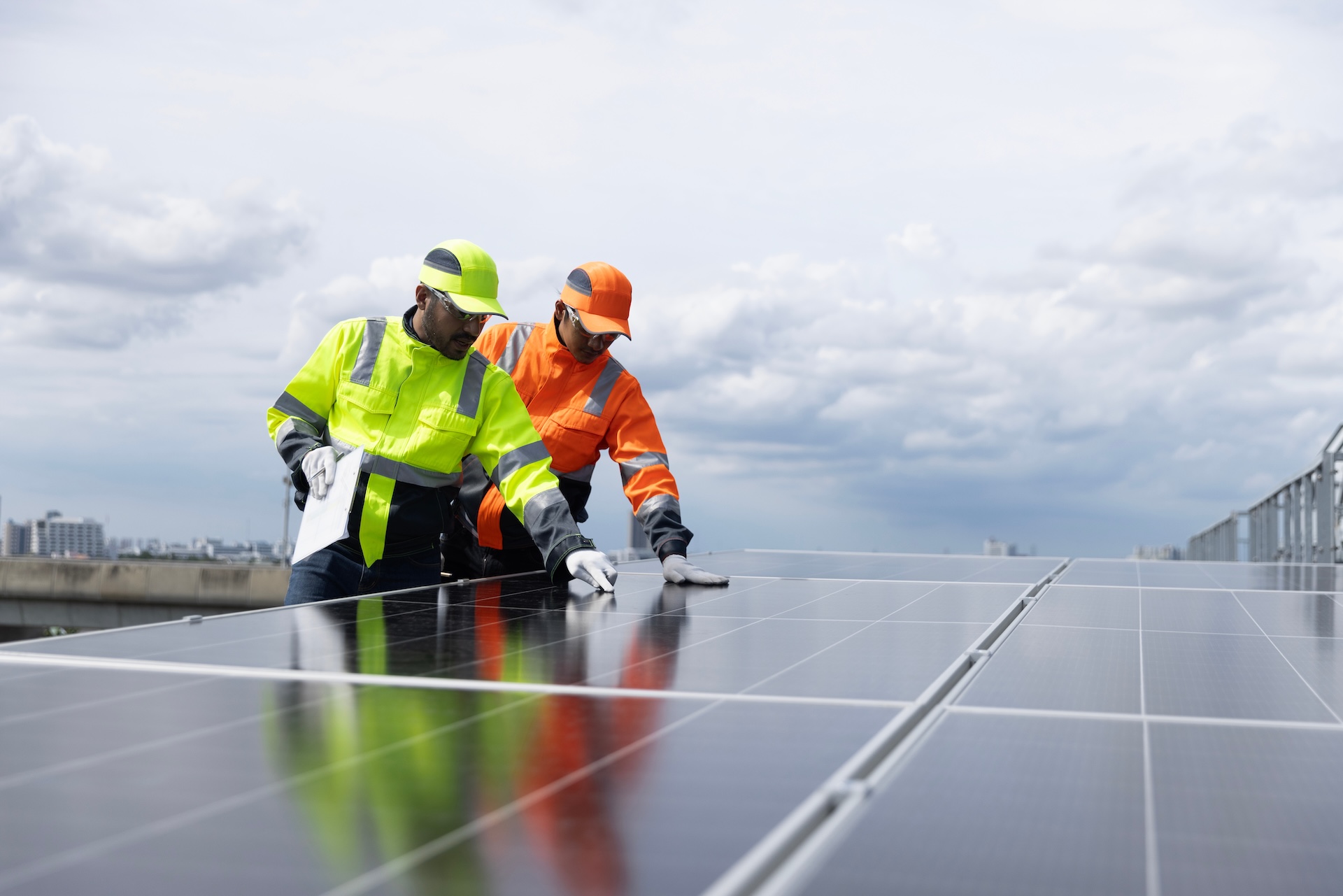Tag issues by outage risk, fire hazard, or safety—your priorities first.

Not all anomalies carry the same level of risk. A minor hardware defect is very different from a major hotspot detected during a thermal drone inspection. Yet many inspection workflows treat them the same, forcing utilities into generic “low/medium/high” ratings that don’t align with real operational priorities. The result? Maintenance crews waste time chasing the wrong issues, while critical risks—like vegetation encroachment or fire hazards—go unaddressed.
Utileyes solves this with Severity Tagging designed specifically for utilities. Inspectors can flag anomalies not just by severity, but by the risks that matter most to your operations. Categories like outage potential, safety hazard, and fire mitigation allow you to prioritize work orders in a way that’s meaningful for your teams and your service area.
Standout: Utility-specific severity scales. Instead of forcing everyone into a one-size-fits-all model, Utileyes allows you to define and apply your own risk categories. Want to weight wildfire risk higher during dry seasons? Need to track vegetation clearance separately from equipment failures? With Utileyes, you can adapt severity tagging to match your utility’s needs—without extra software or manual workarounds.
This flexibility makes inspections far more actionable. Field crews know exactly which issues to address first, regulators see clear, auditable records of how anomalies were prioritized, and leadership gains confidence that the most urgent risks are being resolved quickly.
For drone powerline inspections, severity tagging is the difference between drowning in raw data and acting on real insights. With Utileyes, you’re not just capturing images—you’re turning them into prioritized, utility-specific intelligence that keeps your infrastructure safer, stronger, and more reliable.